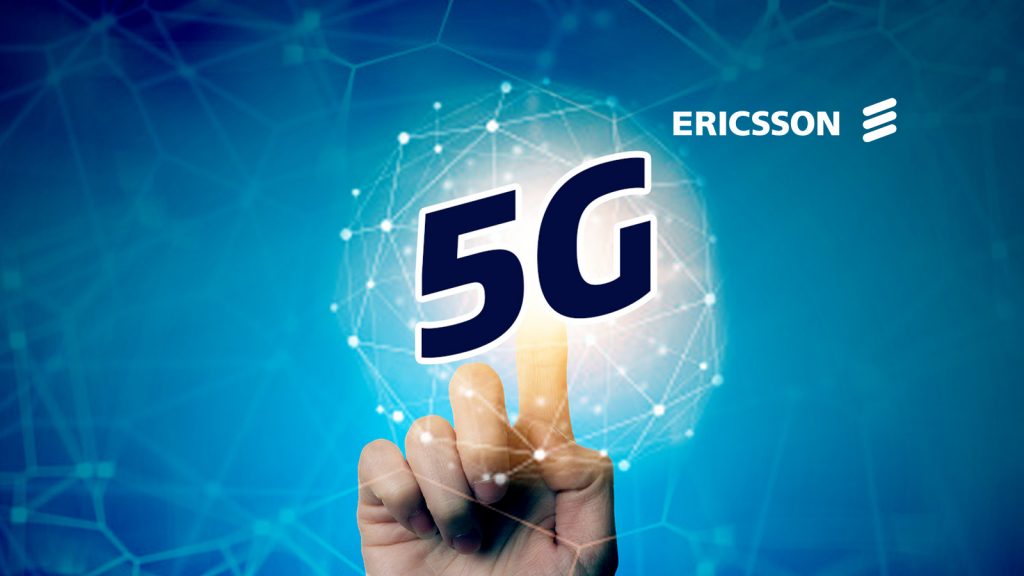Forecast: 5G to top 1bn subs in 2022
June 21, 2022

North America is forecast to lead the world in 5G subscription penetration in the next five years with nine-of-every-ten subscriptions in the region expected to be 5G in 2027, according to forecasts contained in the latest edition of the Ericsson Mobility Report, which also predicts that current global 5G subscriptions will pass the one billion milestone by the end of 2022.
The 2027 timeline also includes projections that 5G will account for: 82 per cent of subscriptions in Western Europe; 80 per cent in the Gulf Cooperation Council region; and 74 per cent in North-East Asia.
In India, where 5G deployments have yet to begin, 5G is expected to account for nearly 40 per cent of all subscriptions by 2027. In global terms, 5G is forecast to account for almost half of all subscriptions by 2027, topping 4.4 billion subscriptions.
The latest Ericsson Mobility Report – the twenty-second edition of Ericsson’s network traffic insights and forecasts – also reveals that global mobile network data traffic doubled in the past two years.
This traffic growth was driven by increased smartphone and mobile broadband usage, as well as the digitalisation of society and industries. The recent statistics and forecasts highlight the strong demand data connectivity and digital services have, and are expected to have, despite the global Covid-19 pandemic and geopolitical uncertainties. Several hundred million people are becoming new mobile broadband subscribers every year.
The June 2022 Ericsson Mobility Report also verifies that 5G is scaling faster than all previous mobile technology generations. About a quarter of the world’s population currently has access to 5G coverage. Some 70 million 5G subscriptions were added during the first quarter of 2022 alone. By 2027, about three-quarters of the world’s population will be able to access 5G, according to the report.
“The latest Ericsson Mobility Report confirms 5G as the fastest growing mobile technology generation ever, and Ericsson is playing a key role in making it happen,” stated Fredrik Jejdling, Executive Vice President and Head of Networks, Ericsson. “We work every day with our customers and ecosystem partners around the world to ensure that millions more people, enterprises, industries, and societies enjoy the benefits of 5G connectivity as soon as possible.“
“The deployment of 5G standalone (SA) networks is increasing in many regions as communications service providers (CSPs) gear up for innovation to address business opportunities beyond enhanced mobile broadband,” noted Peter Jonsson, Executive Editor, Ericsson Mobility Report, Ericsson.” A solid digital network infrastructure underpins enterprises’ digital transformation plans, and their new capabilities can be turned into new customer services.”
The report also highlights the increasingly important role that Fixed Wireless Access (FWA) is playing in the delivery of broadband services. Ericsson predicts that the number of FWA connections will exceed 100 million in 2022, a figure that is forecast to more than double by 2027, reaching almost 230 million.
On the Internet of Things (IoT), the report notes that in 2021, broadband IoT (4G/5G) overtook 2G and 3G as the technology that connects the largest share of all cellular IoT connected devices, accounting for 44 per cent of all connections.
Massive IoT technologies (NB-IoT, Cat-M) increased by almost 80 per cent during 2021, reaching close to 330 million connections. The number of IoT devices connected by these technologies is expected to overtake 2G/3G in 2023.
